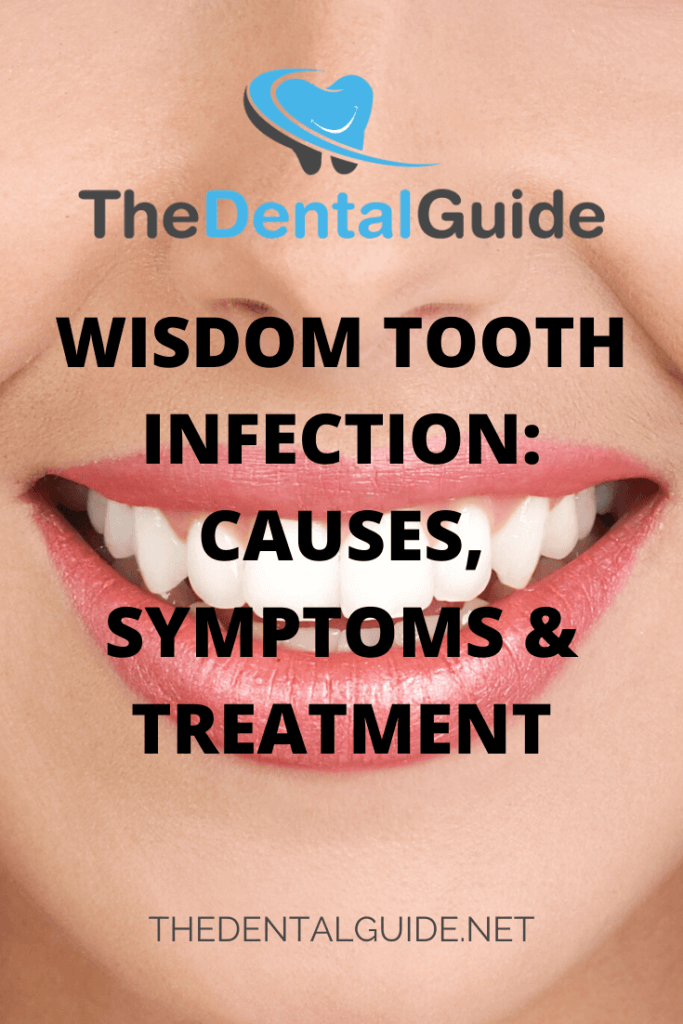While wisdom teeth are located in the back of your mouth, they’re often at the forefront of many dental problems. Due to their unique shape, size, and placement, they pose an increased risk of problems, such as infections and pain. Even after having your wisdom teeth removed, pain and infection can still be an issue.
Today, we’ll take a closer look at wisdom tooth infection, including symptoms, potential treatment methods, and everything else you need to know.
What Causes Wisdom Tooth Infection?
Adults have 32 total teeth: eight incisors, four canines, eight premolars, and 12 molars. The third and last molars on your upper and lower jaws are your wisdom teeth. They erupt through the gum line later in life, usually between the ages of 17 and 25. (Incidentally, this later arrival period is the reason behind their name.)
As mentioned above, the emergence of wisdom teeth often leads to other dental problems, typically related to pain and infection. These issues have three leading causes.
Impaction
Your wisdom teeth act a lot like a commuter shoving their way into an already-fully subway car. They know it’s crowded, but they don’t care, and they’re getting on the train anyway.
Impacted wisdom teeth don’t emerge properly through your gum line. They often shove up against your existing molars, which typically causes them to emerge at awkward angles, and also move your existing teeth around. In extreme cases, you might even have a wisdom tooth growing sideways.
Many times, all this shifting creates gaps in your smile that hold food debris and act as a breeding ground for bacteria, increasing your risk of developing inflammation and infection.
Cavities
A partially erupted wisdom tooth might not cause problems right away, but issues will almost always develop eventually.
Wisdom teeth are the most cavity-prone teeth in your mouth. As mentioned above, their emergence often creates spaces that allow bacteria to flourish. Brushing and flossing these teeth is often difficult, and this inability to keep them clean frequently leads to cavities and infection.
Extraction
Wisdom teeth are evolutionary relics. They served a purpose during prehistoric times when dental care was non-existent, and our diets consisted of tough materials such as raw meat and roots. Today, wisdom teeth have no essential purpose, which is why it’s often easier to remove them entirely rather than deal with the on-going problems they cause.
However, while extraction prevents long-term issues, it can cause problems in the short-term. About 8.4% of people experience complications following wisdom tooth removal. Extraction creates an open socket in your gums, which can collect debris and develop an infection.
What are the Symptoms?
Here’s a closer look at the most common symptoms of wisdom tooth infection:
- Tooth or gum pain
- Gum redness and swelling
- Pain in the jaw or face
- Chewing difficulty
- Swollen lymph nodes
- Halitosis (bad breath)
- White or yellow discharge from the empty socket
- Fever
Infection can turn from mild to serious rather quickly, so check with a dental professional at the first sign of a problem.
Treatment Options
Treatment typically involves a multi-faceted approach, with specifics depending on the severity of the infection and pain levels. Generally, treatment includes:
- Professional cleaning of the affected teeth and gums
- Antiseptic mouthwash
- Antibiotics
Additionally, if existing wisdom teeth are causing problems, they’ll likely need removal.
Generally, if you reach out to your dentist at the first sign of infection, you should experience significant relief from wisdom tooth removal pain in a few days after treatment begins.
Don’t let wisdom tooth infection and pain impact your quality of life. Note the impacted wisdom tooth symptoms above and act quickly if you suspect a problem. Relief is available!
